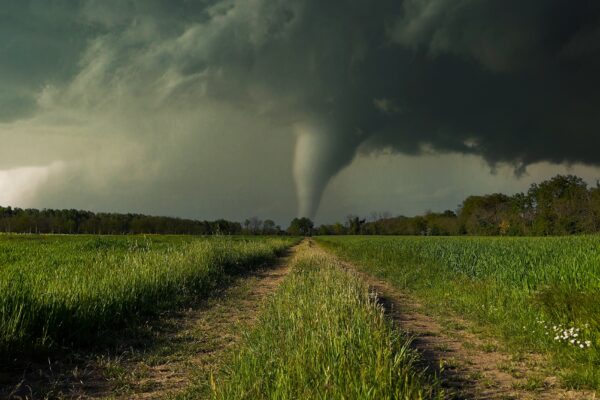Award advice: Start early, gather a team, revise often
By Suzanne Haggerty, Industry Consultant —
T-minus four weeks until the deadline for submissions to Chartwell’s 2019 Best Practices Awards.
In other words, for those of you planning to enter, it’s Go Time. June 12 will be here before you know it.


I’ve been a journalist AND a graduate student. I am well assimilated in all things procrastination.
But it’s time for tough talk: You need to start working on your submissions now. There’s going to be a video file you need at the last minute, only you have to get it from the person who’s on vacation for two weeks. Or you’re going to discover that the 1,800-word narrative you requested from your project manager came in at 2,500 words, and while 400 of those words can be gracefully deleted, the last 300 are going to require a complete rewrite for the summary to still make sense.
Also, it hurts my sleepy little early-bird heart when I do the timezone math and realize that someone hit the button at 2 a.m. to submit their entry. (The official Time of Submission rule is that as long as I have your entry when I start work the day after the deadline, it’s on time, thus giving folks on the Pacific Coast the whole workday to finalize their submissions, too.)
No matter when you start working on your submissions, however, I do have a few quick tips on how to make them better:
- It’s fine (and sometimes preferable) to have multiple contributors to your entry, but have a lead writer on hand to make it sound like everything came from one source.
- Try to draft a document designer onto your team. You don’t need a graphics expert, just someone who can put together a reasonably impressive combination of copy, charts, tables and campaign visuals in Microsoft Word or your program of choice.
- Speaking of charts and tables, remember that the words contained in those elements don’t count toward your word limit, and they convey some types of information much more effectively than paragraphs. Remember to briefly describe the information in each chart or table, just one or two sentences so the judges know what they’re looking at.
- Bullet points let you draw attention to important information in your narrative and let judges identify key facts and findings quickly.
- Review, refocus and rewrite: The best submissions are products of multiple revisions.
- Ensure multiple people review the entry before submission, but stake out your review guidelines early. You can’t have everyone adding their two cents on the oxford comma and other small technicalities.
- Consider having at least one reviewer who is not well-versed in your project. They can point out holes and assumptions in your narrative that those familiar with your project may not notice.
- Vendors are welcome to submit entries on behalf of a utility, with the utility’s permission and listing a utility contact. Just remember that the utility should be at the center of this narrative, i.e., the history of the effort is the history of the utility’s effort, not the history of the development of your tool.
- Likewise, utilities, don’t forget to mention your vendors.
Download your entry forms, which outline details on the award categories and further entry requirements, from the EMACS conference website.
And anytime between now and the deadline, June 12, feel free to contact me with questions about the awards. I’ll be happy to swap emails or even set up a call to chat about your potential submissions and Chartwell’s requirements.
Stay Connected with Chartwell, Inc:






